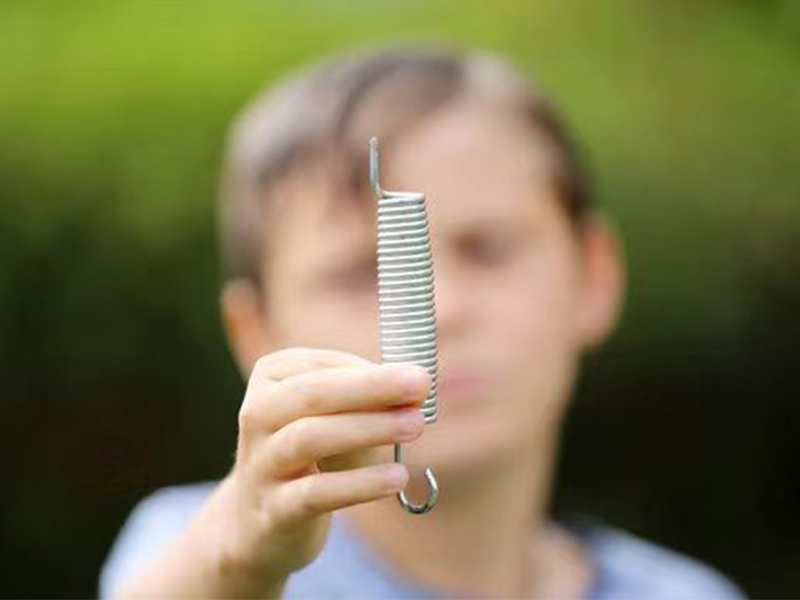Spring vs Springfree Trampoline: Which Should You Buy?
Thinking of buying a trampoline? Don’t jump in blind. The choice between a traditional spring trampoline and a Springfree trampoline can impact your family’s safety, your wallet, and your backyard fun for years to come.
In this guide, we will analyze the advantages and disadvantages of both types, helping you choose the one that best meets your needs.
⚖️ Spring vs Springfree Trampoline
| Feature | Spring Trampolines | Springfree Trampolines |
|---|---|---|
| 🛡️ Safety | Exposed springs, potential pinch points | No exposed springs, flexible rods, safer design |
| 🎯 Bounce | Higher, more elastic bounce | Softer, more controlled bounce |
| 🛠️ Maintenance | Springs wear out, padding replacement common | Less frequent, but parts harder to replace |
| 💵 Cost | Lower upfront cost | Higher initial investment |
| 👍 Best For | High bounce, tight budgets | Safety-first families, long-term value |
1. 🛡️ Safety Showdown
Traditional spring trampolines come with exposed metal springs and a frame close to the jumping surface. Even with padding, there’s a risk of pinching or landing on hard metal.
Springfree trampolines eliminate these hazards by placing flexible rods under the mat and using curved frames positioned outside the jumping zone. This dramatically reduces the chance of impact injuries.
✅ Verdict: Springfree trampolines offer the safest design, especially for households with younger kids.

2. 🎯 Bounce Battle: Which Feels Better?
Spring trampolines are known for a lively, responsive bounce — ideal for tricks, gymnastics, and active teens. The rebound is quick and fun.
Springfree trampolines offer a softer, more dampened bounce. This can be gentler on the joints but might feel underwhelming for thrill-seekers.
✅ Verdict: Choose springs for fun and height; choose Springfree for controlled, lower-impact play.

3. 🌦️ Durability & Weather Resistance
Spring trampolines often use steel components that can rust and padding that fades in sunlight. Springs can stretch or break with time.
Springfree trampolines use composite rods that don’t rust and UV-resistant mats and nets. While these are more weatherproof, replacement parts can be harder to source.
✅ Verdict: Springfree wins for long-term durability, especially in harsh climates.
4. 🛠️ Setup & Maintenance
Traditional spring trampolines are easier to assemble and take apart. Most parts, like mats and springs, are widely available and replaceable.
Springfree trampolines are more complex to assemble due to their unique frame and tension system. Fewer parts break, but when they do, replacements often need to be ordered from the manufacturer.
✅ Verdict: Spring trampolines are better for DIYers. Springfree is low-maintenance but more complicated if things go wrong.
5. 💰 Cost Comparison: What Are You Really Paying For?
Spring trampolines range from $200 to $800 and are widely available at big box stores. They’re ideal for families on a budget or unsure if their kids will use it long-term.
Springfree trampolines start around $1,000 and can go up to $3,000. The higher price covers premium safety and weather resistance features.
✅ Verdict: Spring trampolines are better for tight budgets. Springfree is a long-term investment in safety.
6. 🧑🤝🧑 Best Use Cases: Who Should Choose What?
| 👤 User Type | 🥇 Best Option | 💡 Reason |
| Families with young kids | Springfree | Peace of mind from fewer safety risks |
| Teens/gymnasts | Spring | Better bounce for tricks |
| Budget buyers | Spring | Lower cost of entry |
| Longevity seekers | Springfree | Built to last in all weather |
7. 🌟 Top Recommended Models
🏅 Best Spring Trampolines
- Skywalker 15’ Jump N’ Dunk: Budget-friendly, includes basketball hoop.
- Zupapa 15’ Trampoline: Heavy-duty frame and high weight capacity.
- ORCC 14’ Trampoline: Rust-resistant, solid bounce, good safety net.
🏆 Best Springfree Trampolines
- Springfree Compact Round: Great for small yards, strong safety features.
- Springfree Large Oval: Ideal for families with multiple kids.
- Springfree Jumbo Square: Premium option with tons of room to jump.
🧠 Conclusion: Final Verdict
If safety and durability are your top priorities, Springfree is the clear winner. But if you’re chasing a high-flying bounce at a lower price, traditional spring trampolines deliver the goods.
Still unsure? [📥 Download our free Trampoline Comparison Cheat Sheet] or [🧪 Take our 1-minute quiz] to find the perfect fit.
❓ Bonus Section: FAQs
🤔 Are Springfree trampolines really safer?
Yes. Their rods are hidden under the mat, and the frame is far from the jumping surface, greatly reducing injury risk.
🏋️ Can you get a high bounce on Springfree trampolines?
The bounce is more controlled and softer. Great for young kids but not ideal for tricks.
💸 Why are Springfree trampolines so expensive?
You’re paying for safety innovation, rustproof materials, and long-term durability.
🔧 Do spring trampolines wear out faster?
They can — especially the springs and padding — but parts are easy to replace and affordable.
